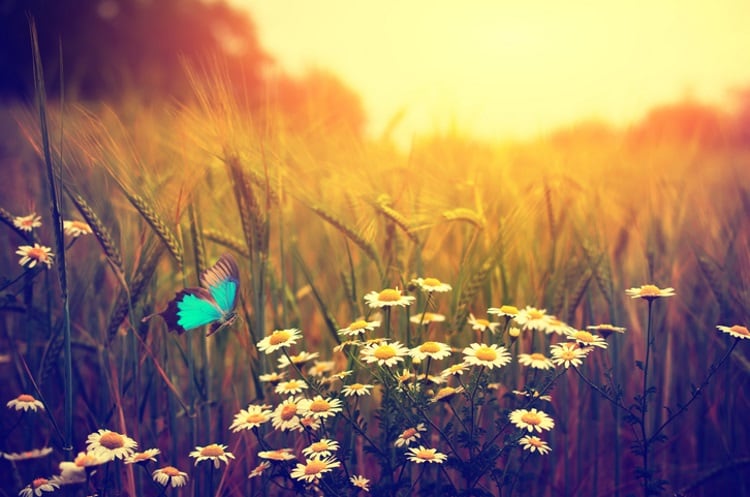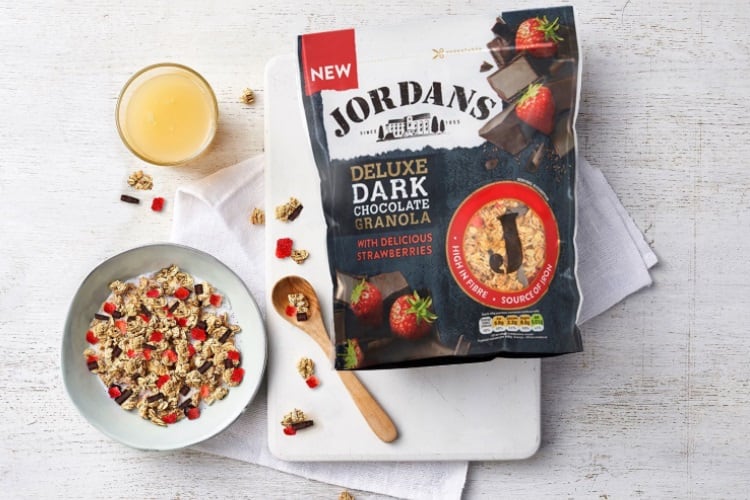According to Jordans, a recent survey found a growing disconnect between people and wildlife – despite a large slice of the population claiming they feel closer to nature following a year of lockdown. Almost 44% of the British public admitted they have never seen a hedgehog in the wild; 59% said they have never seen an owl in the wild; 70% a hare; and 73% a badger.
The findings come against the backdrop of an ecological emergency, with 41% of British wildlife now in decline, and one in four native mammals at imminent risk of extinction, according to the latest State of Nature report. For example, the British Trust for Ornithology clocks a dramatic decline in the hedgehog population, from around 30 million in the 1950s to under 1.5 million now.
Follow the farmers lead
In response to this crisis, Jordans and The Wildlife Trusts has launched an initiative to call on the nation to follow the lead of Jordans’ network of farmers and dedicate a patch of their outdoor space as a haven for birds, bees and butterflies.
The Wildlife Trusts estimates there are approximately 24 million gardens in the UK covering some 10 million acres, with plenty more balconies, walls and window ledges.
Through Grow Wild, Jordans aims to demonstrate that by making small changes to the way they cultivate and enjoy their outdoor spaces, Brits can make a significant difference to nature. A big impact can be made by simply training climbing plants up a bare wall, growing pollinator-friendly flowers and herbs on a balcony, or saying no to artificial turf.
Craig Bennett, CEO of The Wildlife Trusts, said: “Gardeners have the power to help nature’s recovery and reverse devastating declines in our towns and villages – transforming our communities into places bursting with wildlife.
“Hedgehogs, starlings and stag beetles are just some of the amazing wildlife that will reap the benefits of people taking action to turn their patch into a haven for nature. By making a conscious effort to avoid peat-based compost, choosing real grass over artificial and growing pollinator-friendly plants, everyone can make a difference to nature in the UK.”
Verity Wilks, head of Responsible Sourcing at Jordans Cereals, said, “We are proud of the work the Jordans farmers do to protect nature, and we want to inspire amateur gardeners to do the same. Whether your patch is an entire field, a bare patio wall or even just a windowsill, there are things everyone can do to encourage nature in their outdoor space. With gardens and outdoor spaces covering around 10 million acres of the UK, imagine the impact gardeners could have if they each set aside a patch on which to encourage wildlife. We want to start a gardening revolution and are calling on everyone who values nature in the UK to Grow Wild.”
Jordans has partnered with celebrity garden designer Katie Rushworth to create a series of videos to show British gardeners just how easy it is to make their patch nature-friendly. It is running a competition that will reward one lucky winner with £2,000 worth of gardening vouchers and a personal consultation with Rushworth.
The Wildlife Trusts has also kicked off its annual month-long nature challenge – 30 Days Wild – to encourage people to try one ‘random act of wildness’ every day.
Grow wild
- Introduce pots of flowering plants into paved spaces. Different bumblebees prefer different flowers, so sow a mix of shallow flowers – from the daisy family and alliums – and deeper flowers like honeysuckle help to cater to more bees.
- Ditch artificial turf in favour of real grass.
- Turn an outside wall into a green wall by hanging plants in pots attached to wooden pallets. This way you can grow a real mix of plants and flowers (instead of a single climbing plant like ivy) to help preserve biodiversity.
- Plant herbs in a window box to attract bees and butterflies, such as rosemary, English lavender and common mint.
- Avoid soils that contain peat or try making your own compost. You don’t need great quality soil or fertiliser to grow wildflowers – they grow best on ground that hasn’t been cultivated recently.




